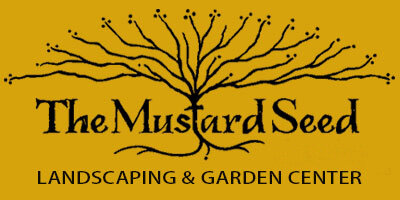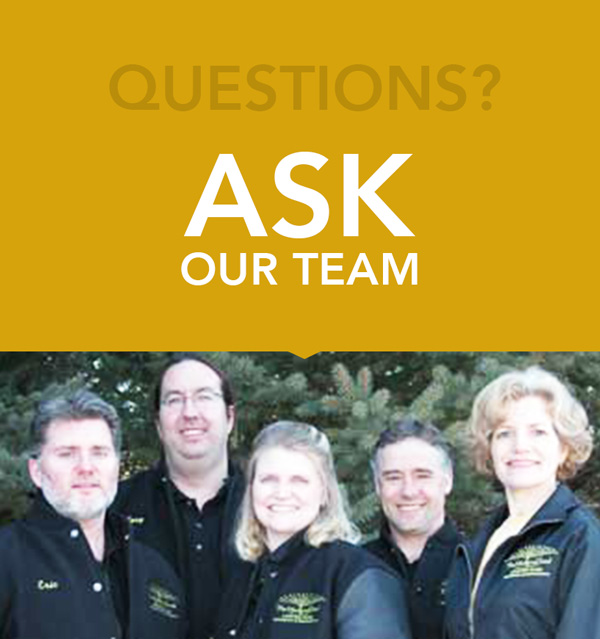Key Points about plant health: - It is essential for you to realize that a plant is only as good as its own root system. The “bottom makes the top”, as we like to say. A healthy root system must be established first in order to develop healthy branches, leaves and blooms.
Soil: The most important factor in promoting a healthy root system is soil with proper balance of aeration, fertility, porosity and pH.
If even one of these essentials is missing or wrong, the plant will never thrive! Therefore, you must properly amend your soil before you even begin planting.
Amendments:
Combining 100% Composted Manure, Sphagnum Peat, Transplant Root Stimulator and Osmocote + Minors with approximately 1/3 of the existing soil will result in optimum root growth and plant health. Use the following ratio:
1 - 40# bag of manure (100% Composted Manure) per 6 shrubs (or 2 per B&B tree)
1 - 1cu. ft. Sphagnum peat moss per 12 shrubs (or each B&B tree)
1 pound Transplant Root Stimulator per bag of manure (approx. ¼ cup per shrub)
1/2 pound Osmocote Plus (15-9-12 North + Minors) per bag of manure (approx. ⅛ cup/shrub)
Digging your holes:
Always dig your holes at least 50% wider (Twice the size) and the same depth (or shallower) as the pot or root ball.
Place the soil in a wheelbarrow, or in a pile, so you can amend some of it later & for filling the hole.
Gently slide the plant out of the pot and into the hole. Be extremely careful to keep the root ball intact! If there are many roots circling the root ball, cut the roots vertically from top to bottom, ½” deep, in 3 locations evenly spaced around the root ball.
Make sure all plants are even with or even slightly higher than the existing soil in your yard. If you will be mulching around the plants, place them 2” higher than existing grade to accommodate 3-4” of mulch.
Carefully roll the root ball to the edge of the hole so that it gently slides in. Be extremely careful to keep the root ball intact!
Filling the holes
Take up to ½ of your existing soil and mix it evenly with the recommended amendments. Using ⅓ to ½ of your existing soil will help acclimate the roots to your native soil and prevent them from circling and possibly girdling themselves.
After thoroughly mixing the amendments with your native soil, backfill the holes with the amended soil.
Soak until thoroughly moist to evenly settle the soil and eliminate air-pockets. Verify that the plants are still straight and at the correct level.
For B&B trees & plants: (Balled and Burlap)
Root balls may weigh 600-1200+lbs
B&B (balled in burlap) plants, - DO NOT REMOVE THE WIRE BASKET OR BURLAP!
fill the hole 2/3rds full with amended soil, soak plants with water till moist & check that the plant is still straight. Now is the time to cut all twine or rope from the top of the root ball and peel back the burlap. Remove the burlap from the top of the root ball only and bend the wire loops over backwards if they stick up. Make sure you don’t leave any twine around the trunk! Fill the hole the rest of the way with your amended soil and slightly slope the soil away from the root ball so that water doesn’t puddle around the crown.
Watering
Thoroughly water your plants the next day after planting. Use a medium running hose and spray around and within the root ball area until saturated.
You should repeat this procedure every 3 days for one week and then 2-4 times per month thereafter.
BE CAREFUL NOT TO OVER WATER IN CLAY SOILS!
The vast majority of plantings fail because of too much water, not too little. Always check the soil around the plants prior to watering. If the soil feels moist, don’t water yet. Be aware that it is common for plants to wilt for some time after planting due to transplant shock. During the first year after planting, we recommend checking the soil around your plants once a week for moisture requirements.


